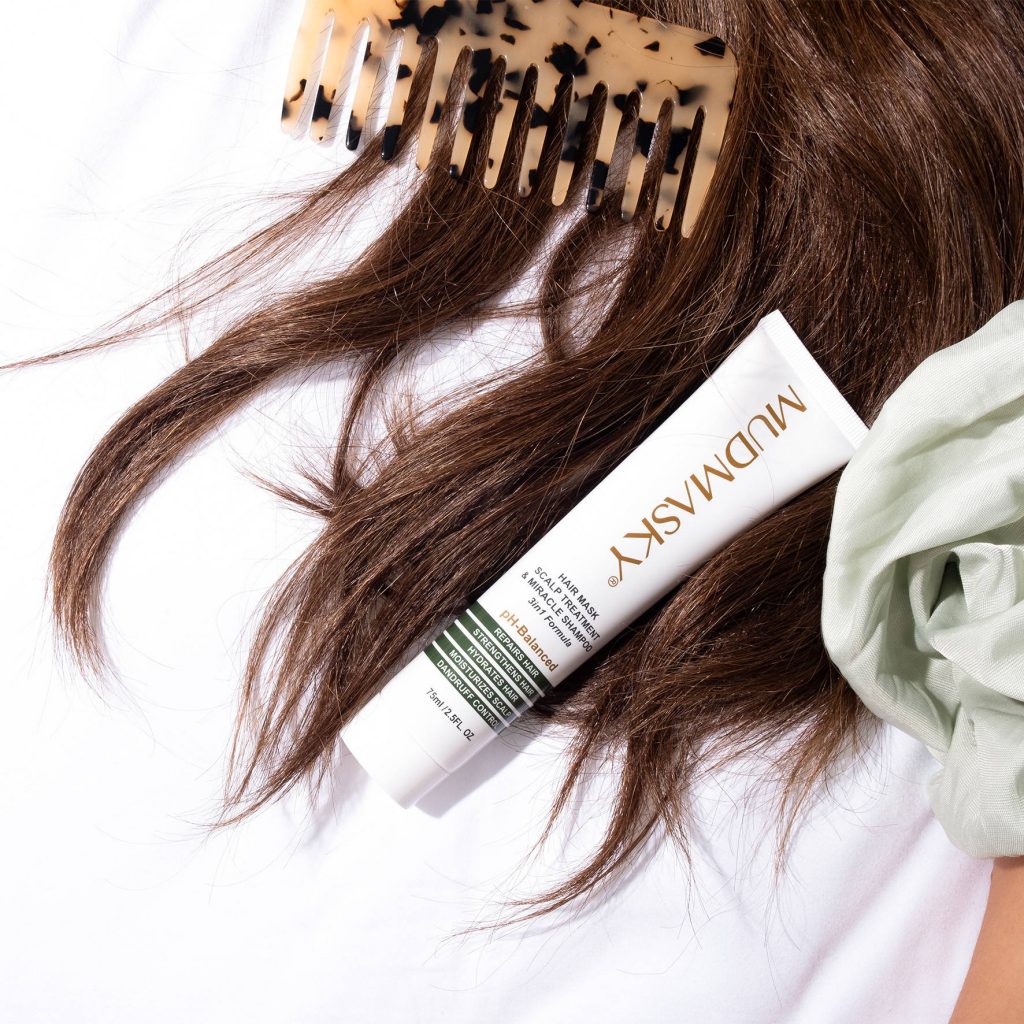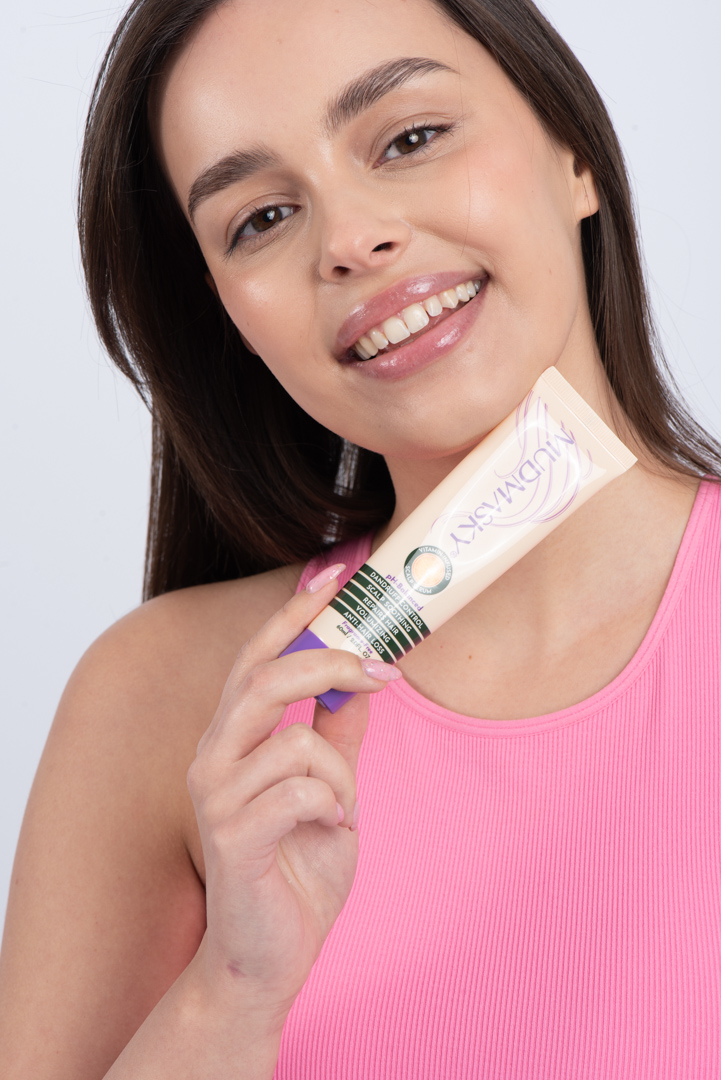
How to Repair Scalp Damage from Relaxers: The Power of Scalp Serums
Introduction In our previous blog back in 2023, “Why Relaxers Damage Your Hair and 5 Tips to




If you have an account, sign in with your email address.